Sélectionnez ce type de licence lorsque vous développez une application pour iOS, Android ou Windows Phone et que vous intégrez le fichier de fonte dans le code de votre application mobile.
Slate™
par Monotype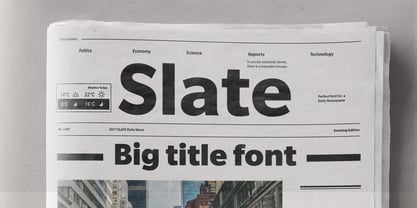
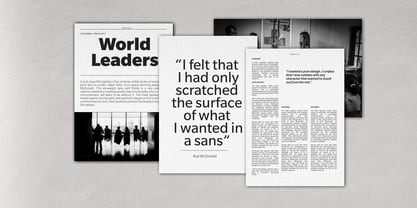
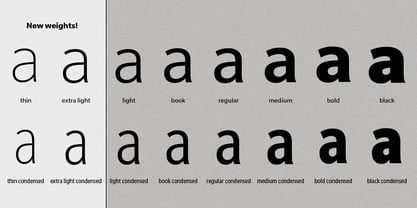
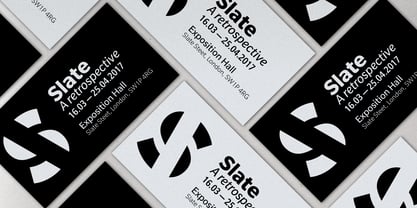
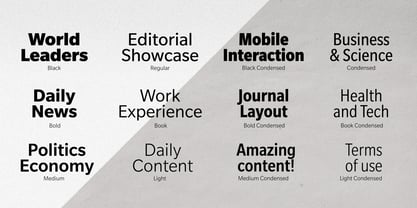
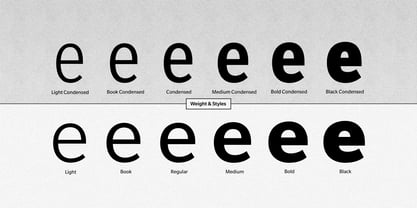
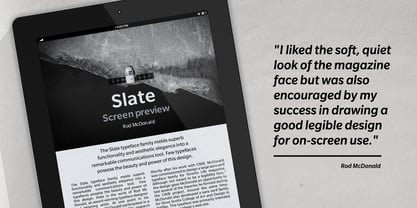
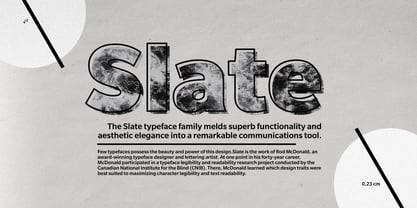
- AaGlyphs
-
Meilleure offreOffres familiales
- Styles individuels
- Spécifications techniques
- Licences
À propos de la famille Slate Police
Caractère gracieux, puissant et d'une polyvalence exceptionnelle, la collection Slate est d'une grande beauté et offre des niveaux de lisibilité exceptionnels, tant à l'impression qu'à l'écran. Créée par le créateur de caractères primé Rod McDonald, cette famille de caractères sans empattement à six graisses est un exemple rare d'esthétique sublime alliée à une fonctionnalité de classe mondiale. Les formes de lettres lisibles du caractère incarnent un amalgame des meilleurs traits des formes de lettres humanistes et grotesques. Je ne voulais pas d'un visage à l'aspect "technique", ni d'artifices ou de dispositifs visibles", admet le créateur McDonald. "Je voulais un design pur. J'avoue que j'ai été impitoyable avec tous les personnages qui voulaient se démarquer des autres. La collection Slate se décline en six graisses et en italiques complémentaires, avec de légers changements de structure entre les graisses légères et les graisses noires. Son poids léger rappelle les premiers sans américains. Qu'il s'agisse de travaux d'affichage ou de textes plus longs, peu de polices de caractères possèdent la beauté et la puissance de ce dessin, ce qui fait de la famille Slate un excellent complément au carquois typographique de tout concepteur.
Concepteurs : Rod McDonald
Éditeur : Monotype
Fonderie : Monotype
Fonderie d'origine : unknown
Maître d'ouvrage : Monotype
MyFonts débout : nul

À propos Monotype
La bibliothèque de Monotype est l'une des collections de caractères les plus vastes et les plus complètes au monde. Elle comprend des dessins originaux d'importance historique et une nouvelle gamme de caractères contemporains et à la mode : polices. La bibliothèque de Monotype comprend des milliers de classiques intemporels, des reprises artisanales et des dessins originaux provenant des créateurs de caractères et des fonderies les plus innovants de l'histoire. Cette bibliothèque distinctive et primée de polices offre aux marques et aux concepteurs une sélection large et fiable de caractères pour une typographie expressive à l'impression et à l'écran. La page Premium Foundry peut être consultée ici.
En savoir plus
Lire moins